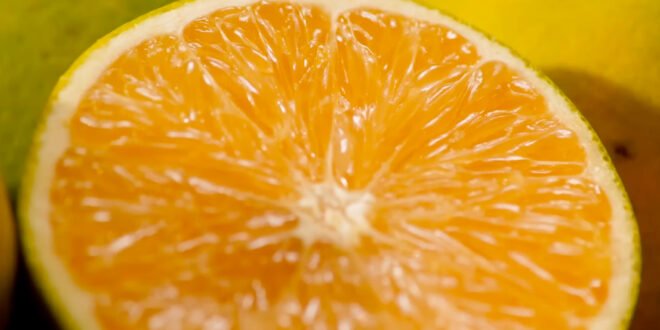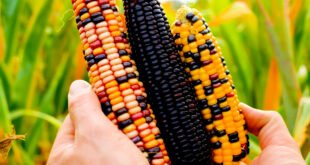Did you ever wonder about the process of making orange juice? In this video, we’ll guide you through the process of processing and making orange juice.
From the oranges being picked to the final product on the shelves, you’ll learn all about the manufacturing process of orange juice. Get ready to see how it’s made!
Many individuals these days begin their day with an enormous glass of orange juice. Orange juice is best when it’s freshly squeezed and produced without any additional ingredients or preservatives.
OJ that has just been squeezed has a true flavor and is high in vitamin C. Groves are where orange juice is first produced. Farmers gather the fruit in early November after the trees take several months to bear fruit.
The process of picking oranges is completed solely by hand. An automated picking method could harm both the fruit and the trees. The picker works with a lightweight, durable vinyl composite bag.
Orange juice comes in a variety of forms. We refer to this one as the Hamlin. Small and juicy are Hamlin oranges.
The trees they grow on are cold-hardy and fruitful. Before the fruit turns orange, the picker removes it from the trees. Despite their green exterior, they are very delicious inside. The picker looks at the oranges as he dumps the bag into a bin. Anything with holes or rips could potentially be degrading internally, but external imperfections won’t impact the juice’s quality.
After transportation to a processing plant, the workers place the oranges in a sloping chute. The oranges fall into a wash station without getting damaged thanks to the chute’s gradient.
While the spiraling brushes keep cleaning, another sprayer rinses them off after the wash. The oranges move to a conveyor belt that rolls them up and under fans to dry. An inspector looks for any overlooked damage on the oranges as they come out of the dryer.More of the oranges encounter rotating brushes. Compared to the first set, these brushes have softer bristles. They clean any remaining dirt and buff the fruit’s skin.
At last, the oranges tumble off the conveyor belt and land in a bin. Now, we can juice the oranges without any impurities contaminating the juice or the juicing equipment. The juicing operator does a last examination as a precaution.She puts the oranges into the extractor if she’s entirely happy with how clean and in-tune they are. You don’t have to cut them beforehand. She feeds them into the hole of the juicer.
It extracts the juice while straining out the seeds and the membrane that separates the orange flesh from its peel.Juice pours into a container. A screen in the vat strains the pulp to the required consistency. There are multiple filters available for varying pulp concentrations.
Jugs of juice are used for bottling. The plastic containers will accommodate any fermentation-related expansion of the unpasteurized juice. We promptly cooled this freshly squeezed juice instead of pasteurizing it.
Unaltered flavor and color are the trade-offs for the unpasteurized orange juice’s shorter shelf life. You can refrigerate the juice for many days. Ultimately, chilled, fresh orange juice is the ideal serving temperature for this beverage.View more posts
 DailyDiscovery
DailyDiscovery





